The great buying guide: the best eyepieces for every telescope
Entry-level telescopes often come with a set of one or two eyepieces. These may be suitable for the very first steps, but an upgrade will quickly be necessary.
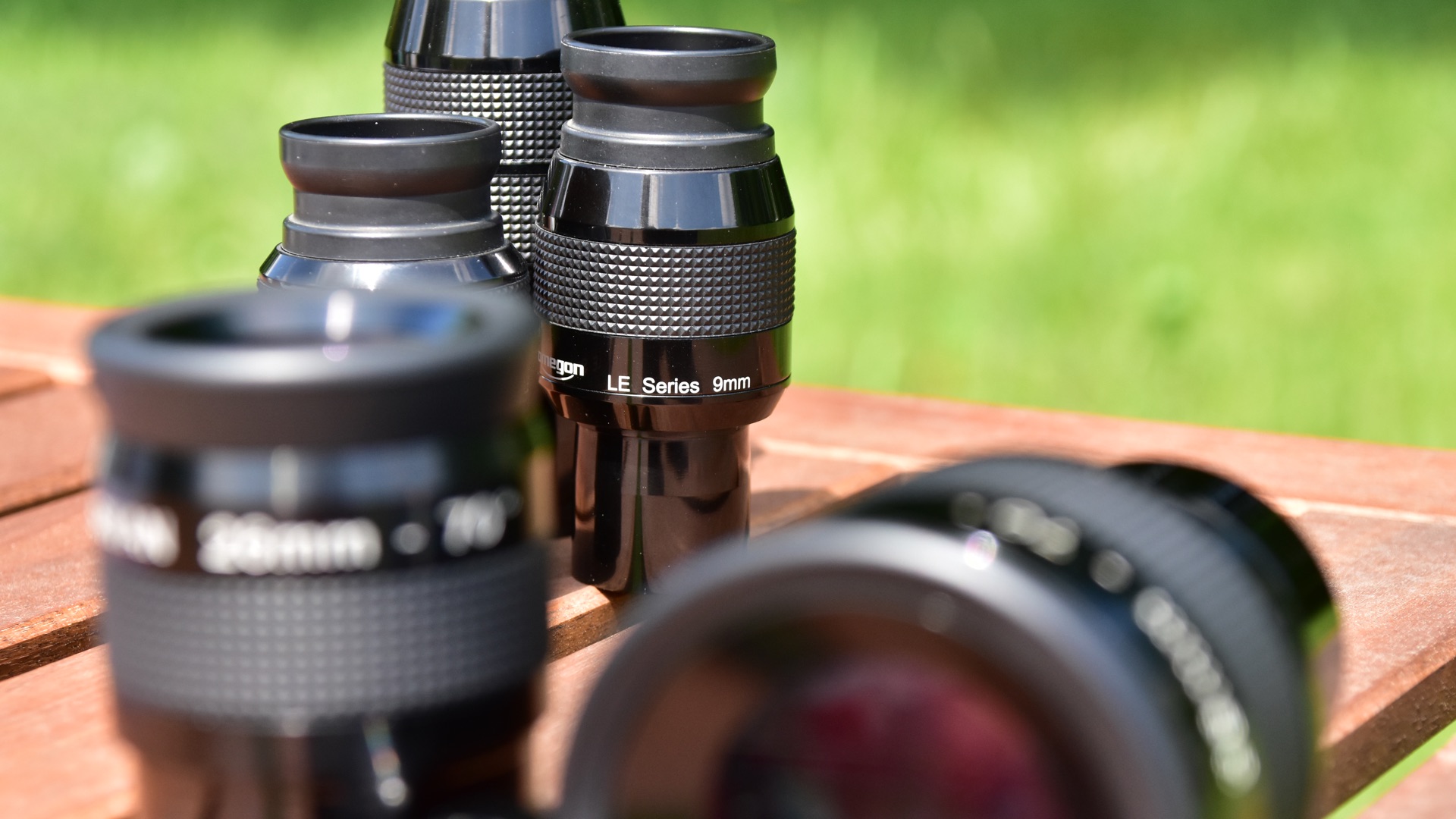 The selection of astronomical eyepieces can be very confusing. Experts recommend the best eyepieces for your telescope.
The selection of astronomical eyepieces can be very confusing. Experts recommend the best eyepieces for your telescope.But which eyepieces will suit my telescope? And what magnification do I need? These questions are difficult for beginners to answer, but experts can quickly provide clarity. We will show you the best eyepieces for more observing fun, tailored to your telescope.
Which magnification?
We approach the question as to which is the right eyepiece in two steps: which eyepiece focal lengths are best suited to your telescope and can deliver useful magnification? And which series of eyepieces are best suited to you and your requirements?
The first question can be answered quite simply. In practice, certain magnifications have emerged that provide the best results for certain observing tasks. Our table is based on the exit pupil, so that we can also take the telescope aperture into account. If you know the aperture and focal length of your telescope, you can directly look up the most important eyepiece focal lengths for your set-up.
You don't need more than three eyepieces to start out with: a low magnification for finding targets and for large objects, a medium magnification for nebulae and galaxies, and a high magnification for the details of bright objects such as the Moon and planets.
 Recommended magnifications and eyepiece focal lengths for popular telescopes
Recommended magnifications and eyepiece focal lengths for popular telescopesWhat distinguishes good eyepieces
That brings us to the second part. In our recommendations, we present you with the best eyepieces, selected according to budget and requirements. Even with the entry-level eyepieces, you can see far more than with the simple eyepiece set that come with your telescope. We have sorted the eyepieces as in the table above according to focal lengths – so you have the top candidates for your eyepiece collection ready to hand without a long search.
What have we paid attention to? With a large apparent field of view, you can see more of the sky, and so see targets within the context of their surroundings. The image should not only be sharp in the centre of the field of view. High transmission makes faint objects and weak contrasts visible. And finally, a comfortable viewing experience helps to make the best use of all of the above.
Depending on your budget, you may need to compromise here or there, but these eyepieces have especially proven their worth after many years of observing practice.
Entry level / medium magnification
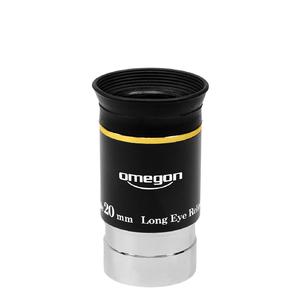
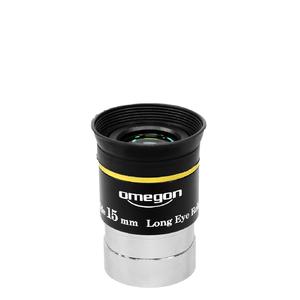
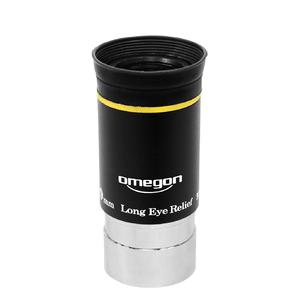
For beginners, we recommend the low-cost wide-angle eyepieces from the Omegon Ultra Wide Angle and Cronus series. The Ultra Wide Angle eyepieces with the famous "gold line" are among the best-priced wide-angle eyepieces, offering a 66 degrees field of view and a large lens. Observers are won over by their sharp image and their high performance at a low price.
Entry level / high magnification
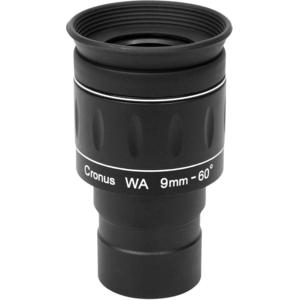
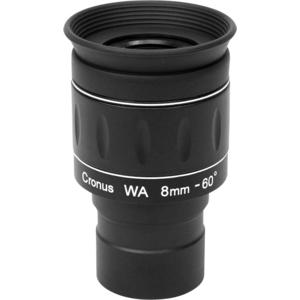
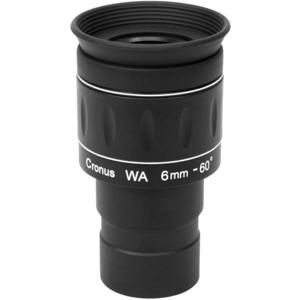
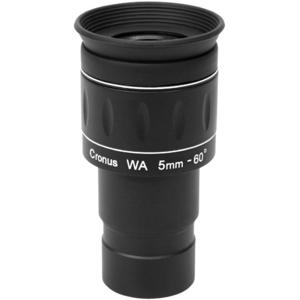
Omegon Cronus eyepieces offer an inexpensive introduction to the class of wide-angle eyepieces with higher magnifications. With a 60 degree apparent field of view, they reveal around 20% more than standard Plössl eyepieces. Despite the large field of view and user comfort due to a 16-mm eye relief, these eyepieces are not much more expensive than the simple Super-Plössl eyepieces.
Intermediate / low magnification
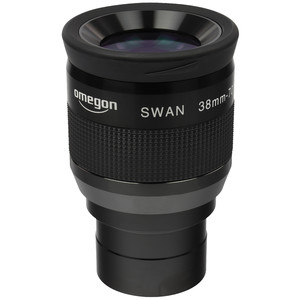
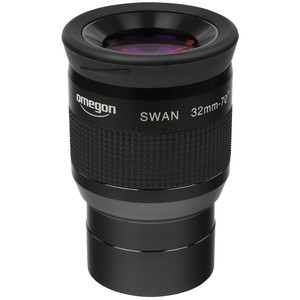
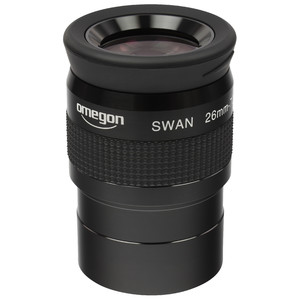
Omegon SWA eyepieces are a real insider tip for low magnification. With 2-inch focal length eyepieces of between 26 mm and 38 mm, intermediate users with a 2-inch focuser will find a 70 degree apparent field of view, which is still great fun even after years of use. High transmission provides maximum contrast, and stable, rotatable eyecups ensure relaxed observing comfort.
Please note: these 2-inch eyepieces are relatively heavy. If using with a small Dobsonian, we would recommend a counterweight at the lower end of the tube.
Intermediate / medium magnification
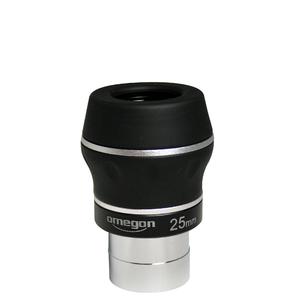

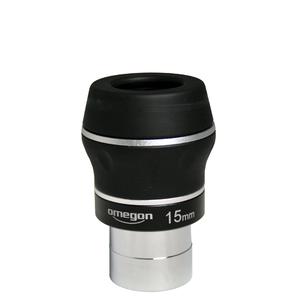

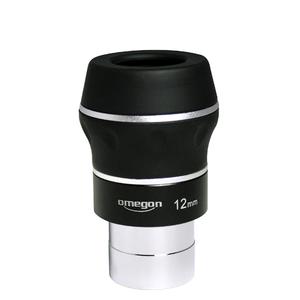

For medium magnification, the Omegon Flatfield ED eyepieces deliver a noticeably better image than the low-priced entry-level series. Intermediate users can enjoy a 60-degree apparent field of view, lots of contrast and a flat field of view, which minimises edge distortion. For spectacle wearers, we recommend the Omegon LE Planetary eyepieces, with a 55-degree apparent field of view and a generous 20-mm eye relief.
Intermediate / high magnification



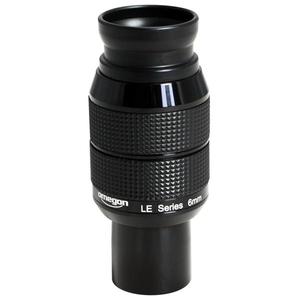
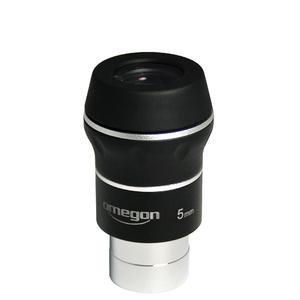
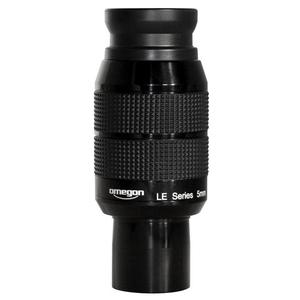
The Flatfield ED eyepieces are also a good choice for high magnifications. Disruptive chromatic aberration is corrected by the ED lens element, and the image remains sharp to the edge. For spectacle wearers, we recommend the Omegon LE Planetary eyepieces, with a 55-degree apparent field of view and a generous 20-mm eye relief.
Advanced / low magnification



For advanced observers, the aspherical Hyperion eyepieces with a 72-degree apparent field of view, high user comfort and high colour fidelity is highly recommended for low magnifications. The 100-degree Panorama II series provides an even greater field of view, giving you the feeling of being one step closer into space. Both series require 2-inch focusers.
Advanced / medium magnification


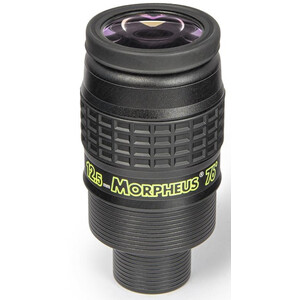

Enjoy a limitless starry sky with the 100-degree eyepieces from the Panorama II series, even at medium and high magnifications. Morpheus eyepieces are very high-quality partners for many years of observing fun which, compared to the Hyperion series, represent yet another significant step forward and are valued by experienced observers.
Advanced / high magnification
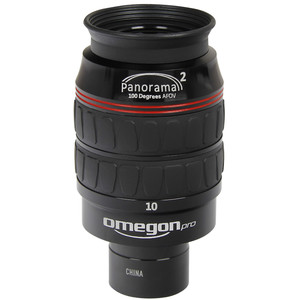



Even at high magnifications, Morpheus eyepieces deliver a crystal-clear image with a 76-degree apparent field of view. With their sharpness in the centre of the image, they compete with dedicated planetary eyepieces, and you see sharp stars right up to the edge of the image, even with fast telescopes. Large eye relief suitable for spectacle wearers and high user comfort for fatigue-free observation.
Expert / low magnification


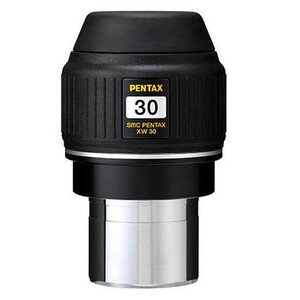
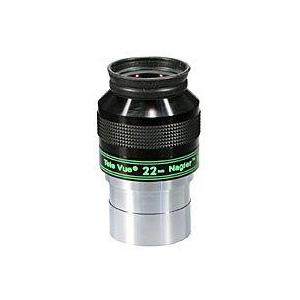

Experts are looking for eyepieces that display maximum detail across the entire field of view. User comfort is not always beginner-friendly, but the XW and Nagler series are classics that give you maximum contrast and superior edge correction in return. XW with 70 degrees apparent field of view, Nagler with 82 degrees. You may change your telescope, but you will keep these eyepieces for a lifetime.
Expert / medium magnification






For medium and high magnification, the equally excellent Delos series with a 72-degree apparent field of view take the lead, and the XW series offers varying focal lengths for all magnifications. The Delos eyepieces also impress with their high contrast and absolutely colour-neutral image without distortion. As with the XW, the eye relief is a comfortable 20 mm.
Expert / high magnification






In the high-end eyepiece sector, the XW and Delos series combine a 70 or 72-degree field of view with high transmission and excellent sharpness to the edge, even at high magnifications. Whether deep sky or planets – with these eyepieces you get top quality with no limitations.
Eyepieces with 100° field of view

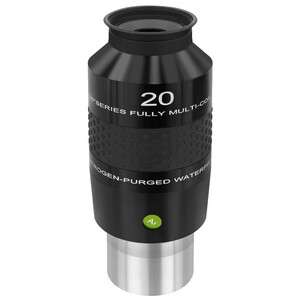
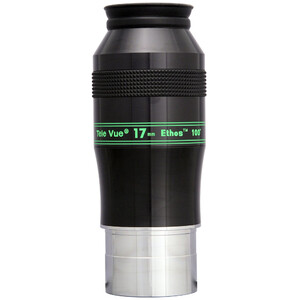
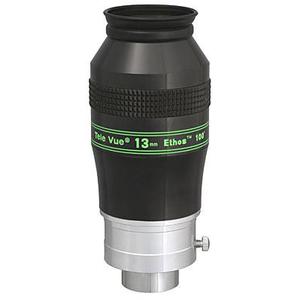


These high-end eyepieces from Explore Scientific and TeleVue have a huge field of view of 100 degrees or more. The unique observing experience that they deliver exceeds even the expectations of experienced amateur astronomers - with these eyepieces you feel as though you really are in the centre of things. The quality is second to none. These eyepieces are an investment that will last for many years.
How much should I invest?
Our recommendations cover a wide range of budgets. Some eyepieces cost more than many observers will spend on their entire telescope. This should not be a deterrent: you don't need a top-notch eyepiece to have fun with astronomy. Even with our beginners and intermediates recommendations, you can enjoy beautiful observing experiences.
If you are more experienced and want eyepieces for longer term use, you should take a look at the recommendations for advanced or expert users. Many experienced observers will build up a high-quality eyepiece collection over many years. The eyepiece is half of the telescope, and so it makes sense to plan for 50% of the telescope price for the three most important eyepieces.
Also, remember that you don't need many eyepieces. Buy three good ones rather than five mediocre ones. You’ll see that with high-quality eyepieces, you are always one step closer to observing fun and success.
